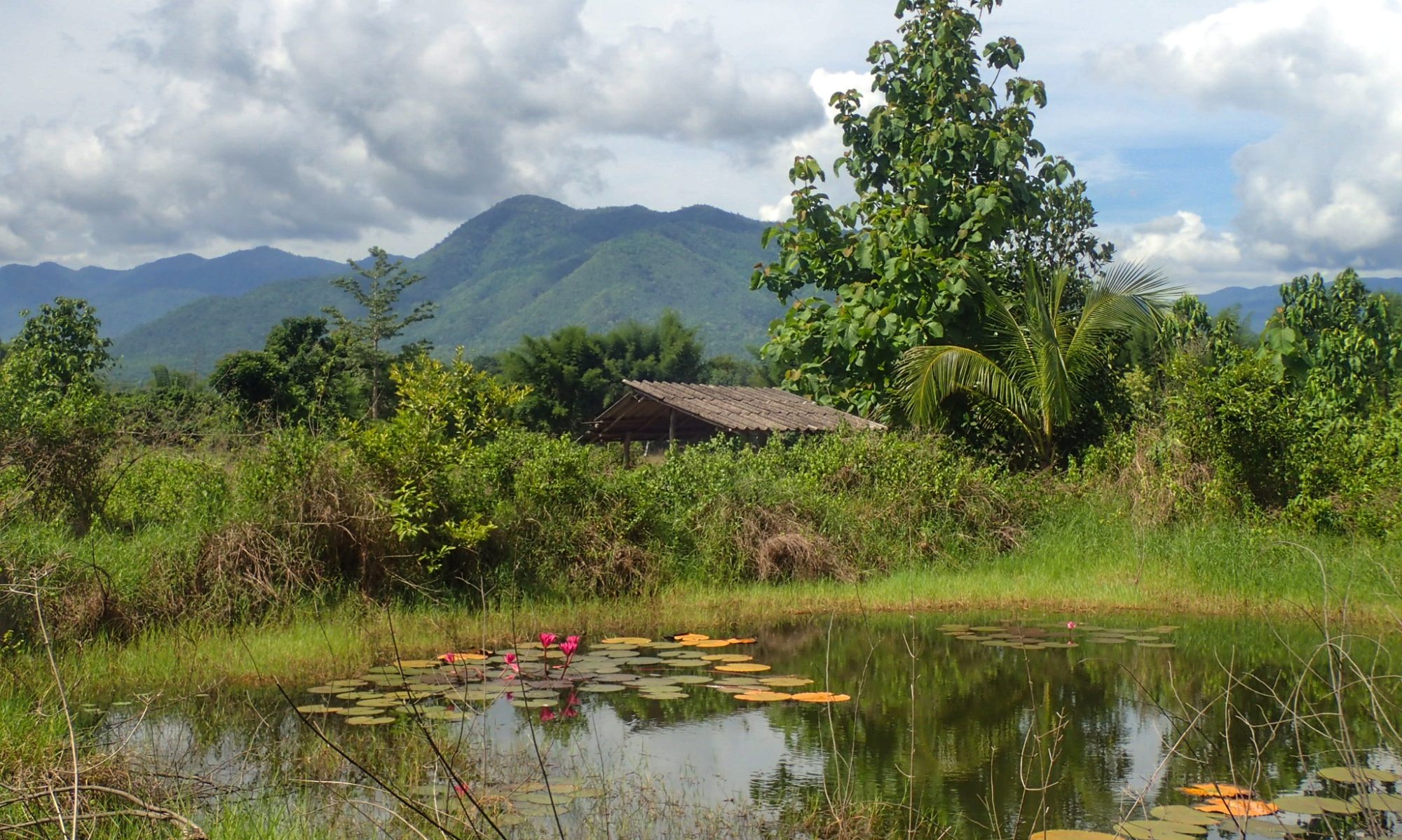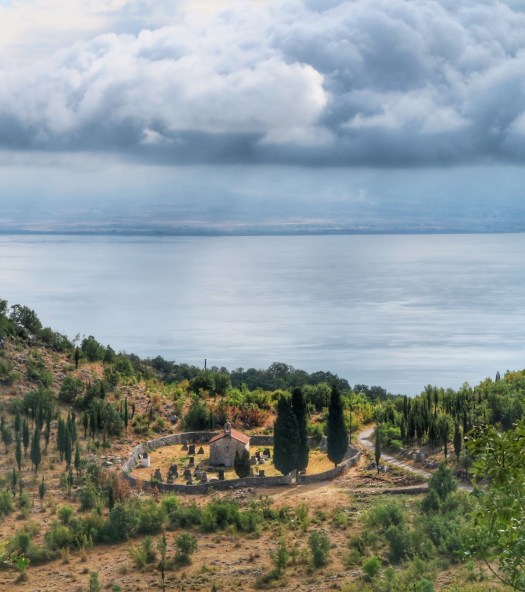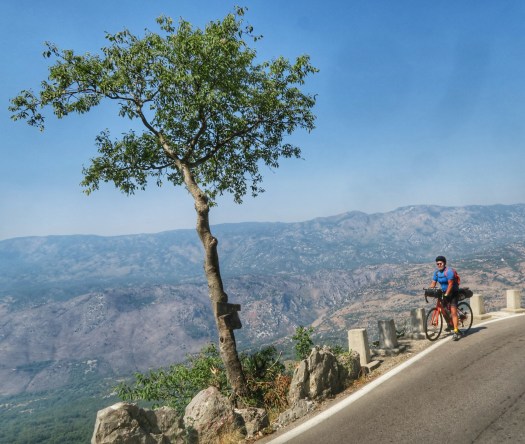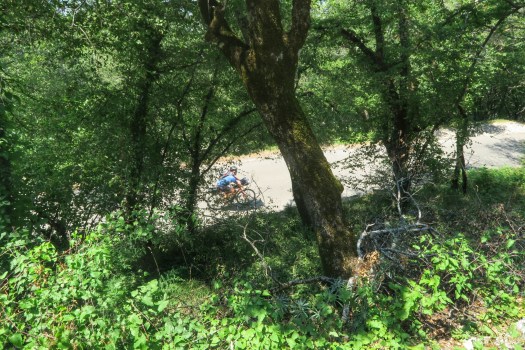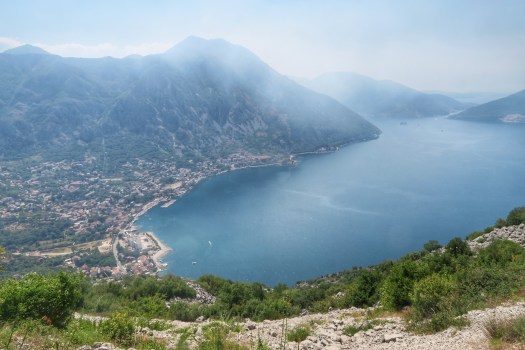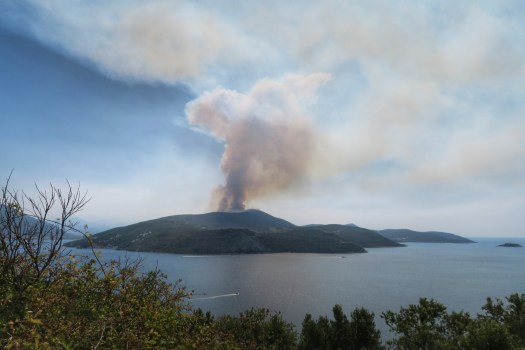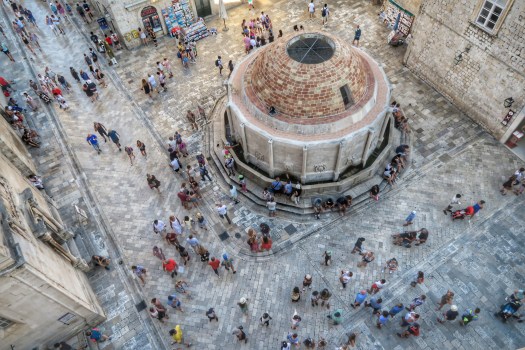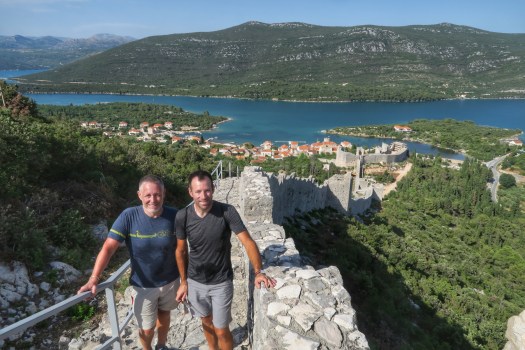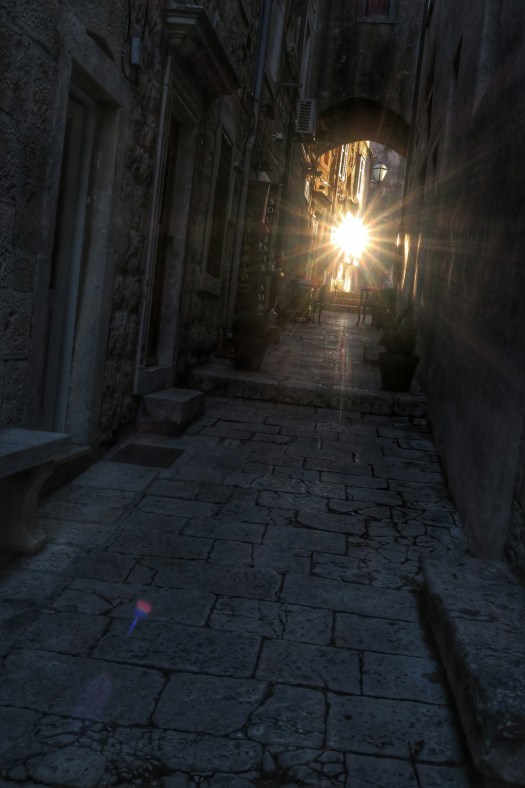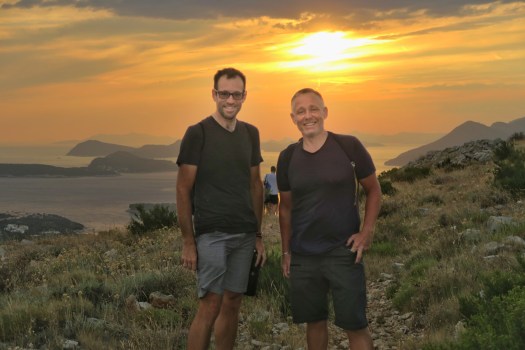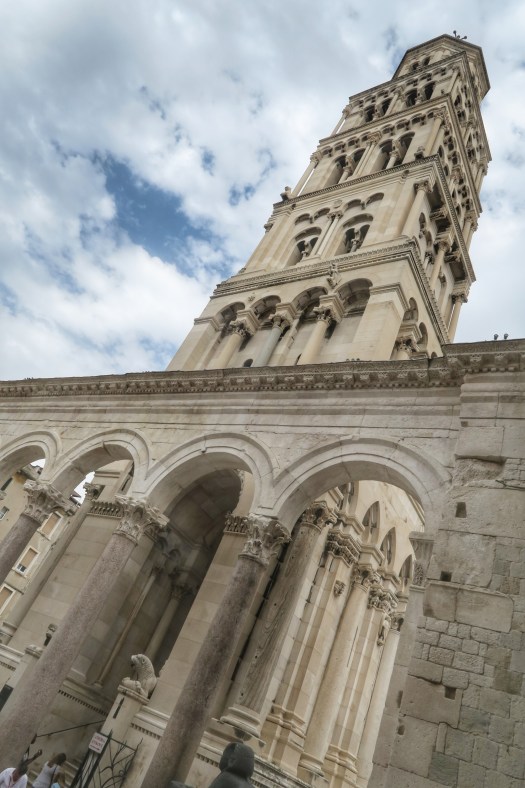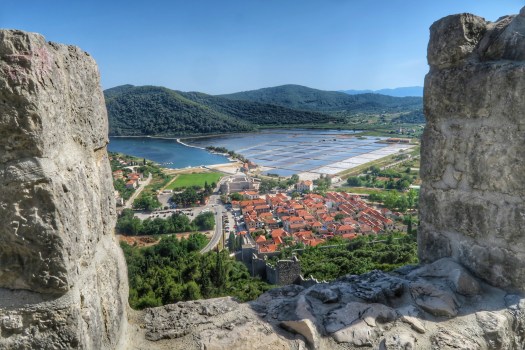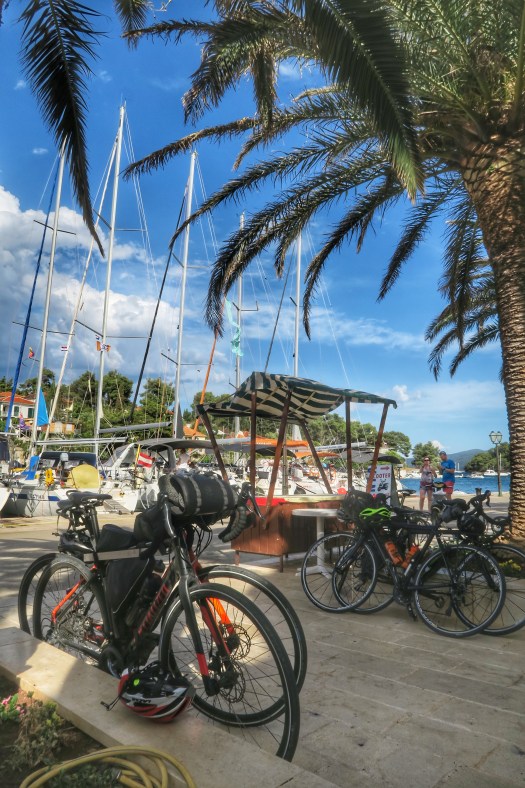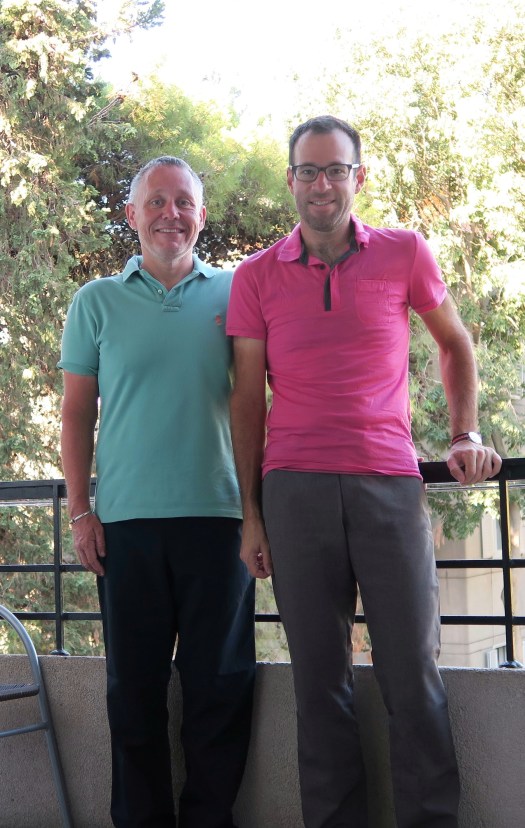While planning our trip, I read a lot of other blogs and traveler accounts for all the countries we’d be passing through, and Bulgaria was the hardest one to find positive accounts! Lots of people we spoke with also agreed that Bulgaria was kind of boring. So our sights were set low.
I’m happy to report, though, that it’s not all bad. There were parts of Bulgaria that stole our hearts.
The nature in Bulgaria is stunning. We cycled for hundreds of kilometers through mountains, fields, rolling hills, by lakes and reservoirs, and forests. The people are also very kind and generous, even if they seem a bit glum and quiet on the surface.
We were initially planning to ride through as fast as we could, to get some fitness in before Turkey, but life has different plans for you; for some reason we were meant to see a slice of the beauty and generosity of Bulgaria. Because of some minor mechanical issues, our life was intertwined with beautiful people, historic places, and stunning landscapes. We noticed that both of our disc brake rotors were wearing out much quicker than expected and needed to be replaced. So we stopped at a bike shop in Blagoevrgrad that had Shimano signs up. The bike shop owner was awesome and swapped out our two front brakes, but he didn’t have the right size rear brakes or an adapter. He told us we had to detour to Sofia to get the part we needed. He then sat us down for coffee and local honey before discussing the ugly matter of payment.
It was too late in the afternoon to keep cycling, so we found a small hotel and asked about a tour of the nearby Rila Monastery, and we joined a friendly man on a few hour tour of this place. Only after we returned back did we realize that he was the owner of the hotel, and he insisted (in French, surprisingly!) that we join him later for a beer. We spent an hour talking about travel, football, and other things with his friend from Athens over beer, sausage, cheese, and fried fish. It was a good lesson for us to slow down and that life is not meant to be forced to fit into your preconceptions but enjoyed for all its twists and turns.





The next day, Bulgaria melted our hearts! As we were cycling towards Sofia, we stopped at a spring to fill our water bottles, and then we were talking about how far to continue. A woman came by with a cart carrying produce, and she filled up her bottles as well. She started walking away and we said “dobur den” to her, and she gave us a huge smile and greeted us back and kept waking. A few seconds later, she stopped and put the cart down and hurried back to us and held out her hand to offer us two cucumbers. She gave a shrug and a big smile, and we thanked her as best we could. We felt so humbled at such a simple gesture of generosity.

We got our disc brakes replaced in Sofia and checked out the city before continuing on. It is an interesting city with a bit of a Russian feel to it as well as a hipster vibe.
Unfortunately, something I ate (not the cucumbers!) gave me food poisoning, and I spent 2 full days in bed (or the bathroom!) in Plovdiv. Steve took the time to recover, and we did have a day to see the city a bit, which was nice.

Ancient stadium in Plovdiv

We finally met a few other cycle tourists in Bulgaria. Renáta has been cycling on her own from Singapore to Hungary, through Southeast Asia, Myanmar, India, and Iran, and we met up twice to share some stories and advice about what lay ahead for each of us.


We also ran into a cycle tourist from Turkey heading west.

One of the things we continue to enjoy about cycle touring is how it forces you to visit all the small local places along the way. One town we stopped in was gearing up for its annual festival, with carnival games and rides being set up and a fun family-friendly energy about it.



As for the food in Bulgaria, I can’t say much. It was almost impossible to find a proper restaurant in most towns. There are dozens of cafes, a couple of fast food places, and no sit down restaurants in the town centers. We had trouble finding any kind of local food on most menus, so settled for pizza, grilled meat, and salads. In Sofia, the restaurant we ate at was a hipster hangout with good US-style food (which probably gave me the food poisoning), and in Plovdiv, I was too sick to eat much, but our favorite place was a chain restaurant called Happy that had good sushi. I don’t think it’s part of the Bulgarian culture to eat out and get local food.

Tarator soup, one of the few local things I tried, is a yogurt based cold soup with cucumbers. Refreshing on a hot day.

Pears growing in someone’s yard

The pulled pork sandwich that may have made me sick.
And with that, we crossed the border to Turkey, entering a whole new universe of culture and food. More on that soon!
